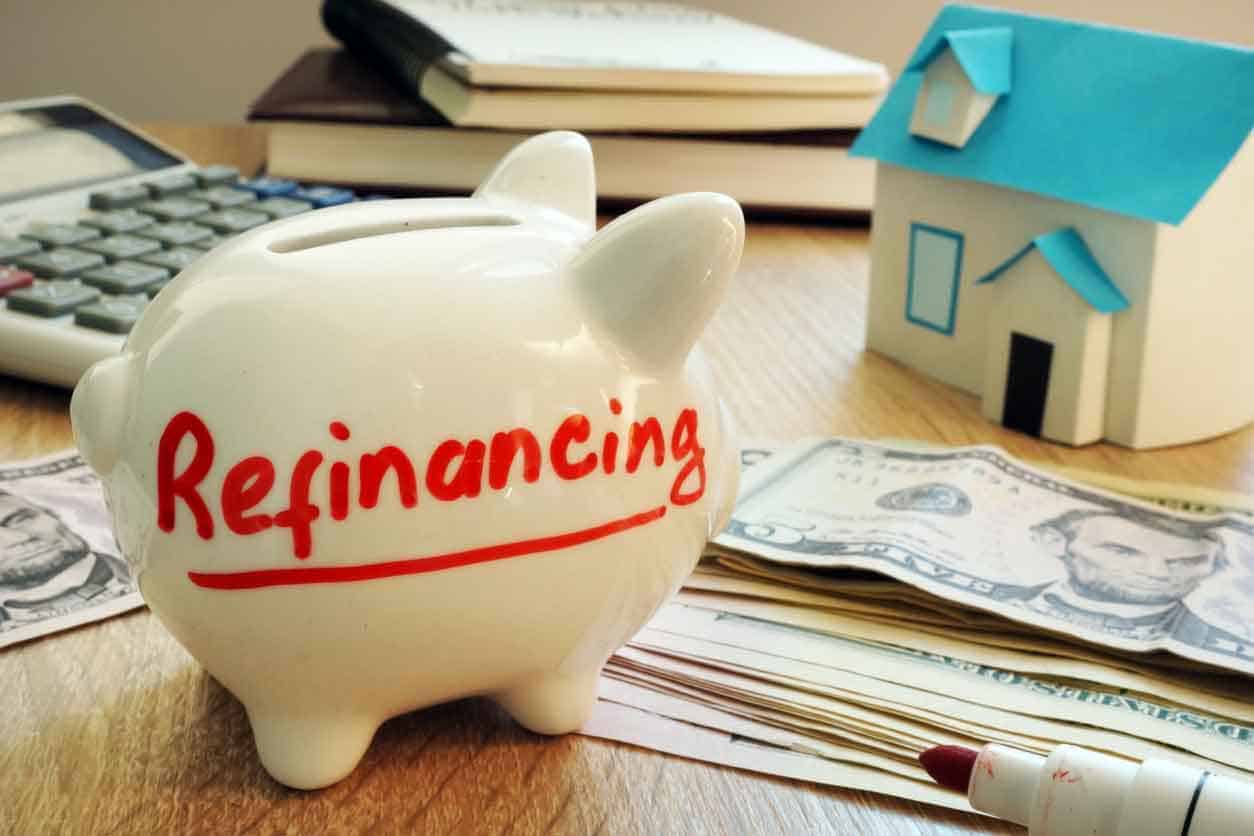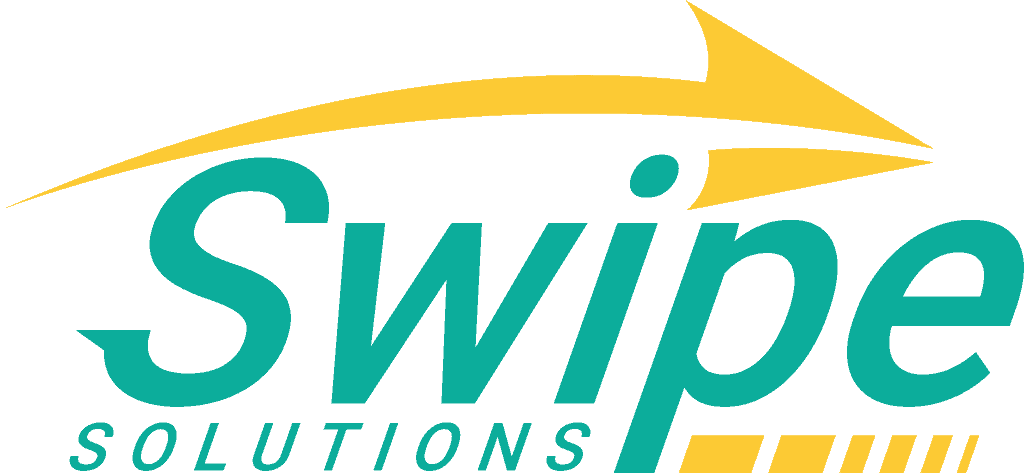Attempting to Refinance When You Have a Low Credit Score

Before you make any important decisions like refinancing your mortgage loan, the first thing that you need to do is obtain your credit reports and then you must check your credit scores. The reason is because your scores may be too low for you to refinance at the present time.
To qualify for refinancing, your credit score will have to reach the minimum requirement, so you will need to ask each individual lender what this minimum requirement will be. The best thing to do is obtain a credit report from Equifax, TransUnion and Experian and then learn your credit scores. Read these reports carefully because credit reports often have errors that need to be corrected so that you can have the highest credit scores possible. As a matter of fact, the Federal Trade Commission states that 20% of all credit reports have errors, and 5 percent of these errors can result in higher interest rates for you. The goal is to have the lowest interest rates so that your home loan is not more expensive than it needs to be.
Starting the Process without 20 Percent Equity in Your Home
Refinancing really isn’t something that you are prepared to do if you don’t have at least 20 percent equity in the property.
When lenders learn that your equity is less than 20 percent, they require that you pay private mortgage insurance before they will qualify you for a loan. Private mortgage insurance or PMI is something that you will be required to pay on a monthly basis, and it will cost you between 0.3 percent and 1.5 percent of your loan amount. In the event that you qualify for a low interest rate, the PMI premiums will not allow you to see how much money you are saving because the premiums will increase the payments. These payments are required when you have less than 20 percent equity in your property because the lender needs an insurance policy against the possibility that you will default on the loan.
Not Determining the True Value of Your Home

Fannie Mae conducted a survey, and the researchers found that a large number of homeowners in the United States don’t have an accurate assessment of the current value of their homes.
If you are underestimating the value of your home, there is a possibility that you could pay more than you need to pay to go through the refinancing process. With a low estimate, you might miss opportunities to save a lot of money. If you have an inaccurate assessment of your home’s equity, you may be forced to pay private mortgage insurance, and you may not qualify to receive the lowest interest rate possible. Also, your estimate may be higher than the actual estimate, and if this is the case, you may not be able to qualify for the lowest interest rate. You can use valuation tools that are available online to determine your home’s equity, or you can ask a real estate agent.
Not Searching for the Lowest Interest Rates
You don’t want to act as if your only option is to go to your regular bank when you want to begin the refinancing process. You also cannot find a lender by searching through the advertised rates.
You must learn the interest rates for several lenders before you decide with whom you would like to obtain a loan. You may find one lender advertising an interest rate that is one-fourth or one-eighth of a percent lower than another lender. Even though these amounts are small, they can mean that your loan will be tens of thousands of dollars cheaper over the life of the loan. Along with the rates, lenders are charging customers different fees and listing different terms, so your strategy has to be to examine all of the numbers that each lender is offering. You might be surprised to learn this, but your bank is not necessarily going to give you the best deal because you have been a loyal customer for several years. Make sure that you compare the rates that several other lenders will give you with the rate that your bank will offer you before you make a decision.
Obtaining New Credit Cards before You Apply for a Loan

Your lender will perform a credit check before deciding to grant you a loan. Lenders will also perform another credit check right before the loan closes.
This is not the time to apply for new credit cards because every time you do this, your credit scores may lose several points. Your credit scores need to be as high as they can be to avoid being turned down for the loan or being given the highest interest rate. When your lender discovers that you are in the process of obtaining new credit, he or she may want to delay the loan process. According to FICO, an important habit of people with credit scores in the high 700s is the fact that they have not opened a new credit account in more than two years. Even if you are tempted to get a new credit card from a store because you would get a great deal on a fantastic product, resist the temptation because it could jeopardize your search for a loan.
Making Large Purchases on Your Credit Cards
Applying for new credit cards isn’t a wise plan before you begin the refinancing process. It also isn’t a good time to make large purchases on your existing credit cards.
If you must place a large purchase on your credit card, wait until after the refinancing process is complete. If you make several expensive purchases, your credit scores may go down. This would increase the amount of debt you are carrying, and the more debt you have, the lower your credit scores will be. Your lender will use this number to determine what your interest rate is going to be, so it should be as low as possible.
Not Paying Attention to the Costs Involved in Refinancing
A lot of people end up paying more money after refinancing their loans, but the main reason you want to do this is so that you will have a lower monthly payment. To make sure that you don’t fall into this trap, you must consider all of the costs that you have to pay before you choose a lender.
Lenders will charge you several fees when you are taking part in the refinancing process. Ask each lender what the rates will be and then you can find out how much the loan will be for different loan amounts. You should also find out how much the loan will be when you subtract the upfront points. If you are using your regular lender, he or she may decline to charge any closing costs, but when lenders do this, they often add the closing costs to your monthly mortgage payments. Also, the decision that you will make about your new loan will depend on how long you believe that you will be living in your house. Refinancing will only make sense if you are not planning to move out of the house in the next few years. If your balance is very close to being paid in full, this is another time when refinancing may not make sense.
Not Considering the Break-Even Point
Another reason that refinancing wouldn’t be a good idea for you is if your break-even point is farther into the future than you need it to be. If you don’t mind when the break-even point falls, you could go ahead with your plan to refinance your loan.
The reason that you want to take part in this transaction is because you want to lower your monthly payments by $100. For this example, your closing costs will be $4,000. The best tactic would be to find out what your break-even point would be, and you would do this by dividing 4,000 by 100. The answer here is 40. This means that the break-even point will be after 40 months have passed, and this would be three years and three months later. If you know that you are going to be in your home for at least three years and three months, this could be acceptable to you. In the event that you are planning to move before that time, it wouldn’t be a good idea to make any changes to your loan.
Not Realizing Enough Savings
We considered the break-even point above, and we can use it in another way to determine whether or not a new home loan is for you. This time, we will see how long the amount you are saving from refinancing will take to surpass the amount you had to pay to start the refinancing process.
In this example, you would have refinanced for a savings of $100 per month. Closing costs would have amounted to $5,000. This means that your break-even point is 50 months or just about four years. Before this time is up, you may want to sell your home, so refinancing wouldn’t be for you. Experts will tell you that refinancing will be worthwhile if you can reduce your interest rate by 1 percent or at least three-quarters of a percent.
Paying Too Much Attention to the Interest Rate
The main focus of many borrowers is the interest rate that their lenders will charge them. These figures can be misleading because one lender may offer you a low interest rate, but this could actually cost you a lot more money than another lender offering you a higher interest rate.
Lenders often entice borrowers to apply for loans with them with advertisements quoting very low interest rates, but these loans often turn out to have the highest fees. These lenders also charge discount points that are used as a way to make you “purchase” your lower interest rate. Before you agree to a loan, make sure that you know how much the origination fees, points and other fees will be before signing on the dotted line. These fees and points will only be finalized after you receive your Good Faith Estimate. If the lender tries to make any major changes to your loan at this point, you will know that something isn’t right.
Watching Mortgage Rates Too Closely
People know that they want to begin the refinancing process, but they want to jump in to it when rates are at their absolute lowest. This strategy has been known to bite several borrowers in the past because they waited too long, and the interest rates started to go up again.
Timing mortgage rates is a very difficult thing to do. It has been compared to timing the stock market, and this isn’t easy even for the professionals. It may make it easier for you to take a stand and start the refinancing process if you think of mortgage rates in another way. Current mortgage rates are lower than the rates of the past 50 years. If you are fixated on getting the absolute lowest interest rate, you might miss the chance to get a great rate right now.
Not Locking Your Interest Rate
You can make a mistake with your interest rate if you don’t lock it in when you have the chance. You must lock your rate in because mortgage rates fluctuate so much.
You can lock your mortgage rates for 30 days, 45 days or 60 days, and it will protect you in the event that mortgage rates start to rise again. There’s also the possibility that they could go down even further, but we have already discussed why it isn’t a good idea for you to wait to see if this will happen. Since the refinancing approval process can be a long one, it will be beneficial to you to make sure that you submit all of the documents that your lender needs right away. If you allow this process to go on for too long a time, your rate lock may expire, and you will have to pay an extra fee to extend it further.
Taking Cash Out

It’s not a good idea to take cash out when you are refinancing your loan. It should only be done if you are experiencing an emergency.
Your home may be worth $400,000, and you owe another $250,000 on your loan. Your equity is equal to $150,000. When you decided that refinancing was the thing to do, you applied for a $300,000 loan. You opted for $300,000 so that you could keep $50,000 in cash. This was good for you because you were able to obtain $50,000 at a very low interest rate, but this loan reduced the amount of equity you had in your home, and your loan is larger than you need it to be. If the money isn’t going to eliminate a tremendous debt, it may not be worth it.
Taking Out the Wrong Type of Loan
Not all loans will be better for you than your current loan. For example, if you have a fixed-rate mortgage, it may not be a better deal to obtain an adjustable rate mortgage because the rates may gradually increase over the years.
You do have options that would be beneficial to you. For example, if your current loan is a 30-year, fixed-rate loan, you could get into a 15-year, fixed-rate loan that will be paid in full earlier and will cost you less in interest. A 15-year mortgage loan will require that you make higher payments every month, but you can make sure that you can fit those into your budget before you go through with the process. If you can’t afford the payments but you still want to pay your loan in full at an earlier date, apply for a 30-year loan, but make sure that it doesn’t have a prepayment penalty. Then, you will be able to pay more than you owe each month and shorten the amount of time that you will have to pay it. If your current loan is a 30-year mortgage loan, it won’t be necessary to make any changes.
Not Acknowledging that Things Aren’t Going Your Way
Some people are perfect for refinancing. They have excellent credit, a long job history, all of their documents in order and an impressive amount of equity.
Now, there are new rules and regulations that you will be subject to following when you enter into the refinancing process, and you may not be prepared for them. In 2009, banks and lenders have had to follow a tremendous number of regulations because the government wanted to prevent another housing crisis from happening again. The nefarious practices that lenders and banks engaged in before 2009 were outlawed in the Dodd-Frank Act. Refinancing isn’t a good plan for every homeowner, but if you can do it correctly, it can have many positive benefits for you. The proper way to go about this financial decision is to educate yourself thoroughly on the process before you enter into it.
Entering into the Process too Often
Mortgage rates are going down again, and if you refinanced the last time this happened, you might be tempted to do it again. It isn’t always the best plan to enter into the refinancing process every time that the subject comes up.
Refinancing isn’t cheap. In order to do it, you will need to pay closing costs, and these will be between 3 percent and 6 percent of the balance on your loan. If your balance is particularly high, these percentage rates may be lower. Refinancing is only a good idea if you can lower your interest payments enough to cover your closing costs. When homeowners are constantly refinancing their loans, the closing costs that are added to their loans pile up as time goes by. This causes their balances to increase rather than decrease, so refinancing really isn’t benefitting them at all.
Opting to Forgo the Closing Costs
Refinancing your loan means that you are replacing your original loan with another loan. Since it is a new loan, you must pay closing costs.
In general, a loan will cost you between 2 percent and 5 percent on the value of the loan in closing costs. If your loan is for $200,000, you will be paying between $4,000 and $10,000 in closing costs. This isn’t appealing to many homeowners, so they apply with lenders and banks that offer them mortgages without charging them closing costs. These mortgages often end up costing these homeowners much more money than was expected. The lenders aren’t making as much money on the front end as they ordinarily would if they charged closing costs, so they make it up by charging you a higher interest rate instead. Refinancing could be very expensive if you were to go along with this plan.
Not Reading the Important Documents
Your lender will present you with the “Good Faith Estimate” that details the total cost of your new loan. It will include all of the fees and the interest rate.
You must read this document carefully. You need to ensure that everything that is written in the Good Faith Estimate is what you were told when you were discussing the loan with your lender. The numbers in the Good Faith Estimate may turn out to be very different from what you heard in your meetings with your lender. If this is the case, you will need to move on to the next lender. You will receive more documents when you close your loan. The numbers in these papers will also need to be comparable to the numbers in the Good Faith Estimate, but they could show that the lender added several fees to increase the cost of your loan.
Conclusion
Refinancing can be a very good thing for you, but it isn’t something that you should do without consulting the numbers first. You might be tempted to focus only on the interest rate that you could possibly receive, but this would be a mistake. All of the numbers are important, and they give you valuable information about the cost of your loan. When you also pay close attention to the common mistakes people make that are listed here, you are likely to get the best loan for your situation.
What do you plan to do to raise your credit scores?


